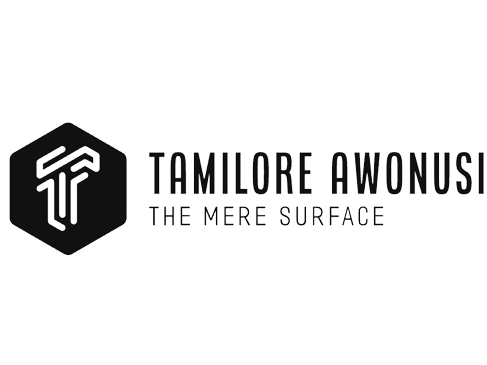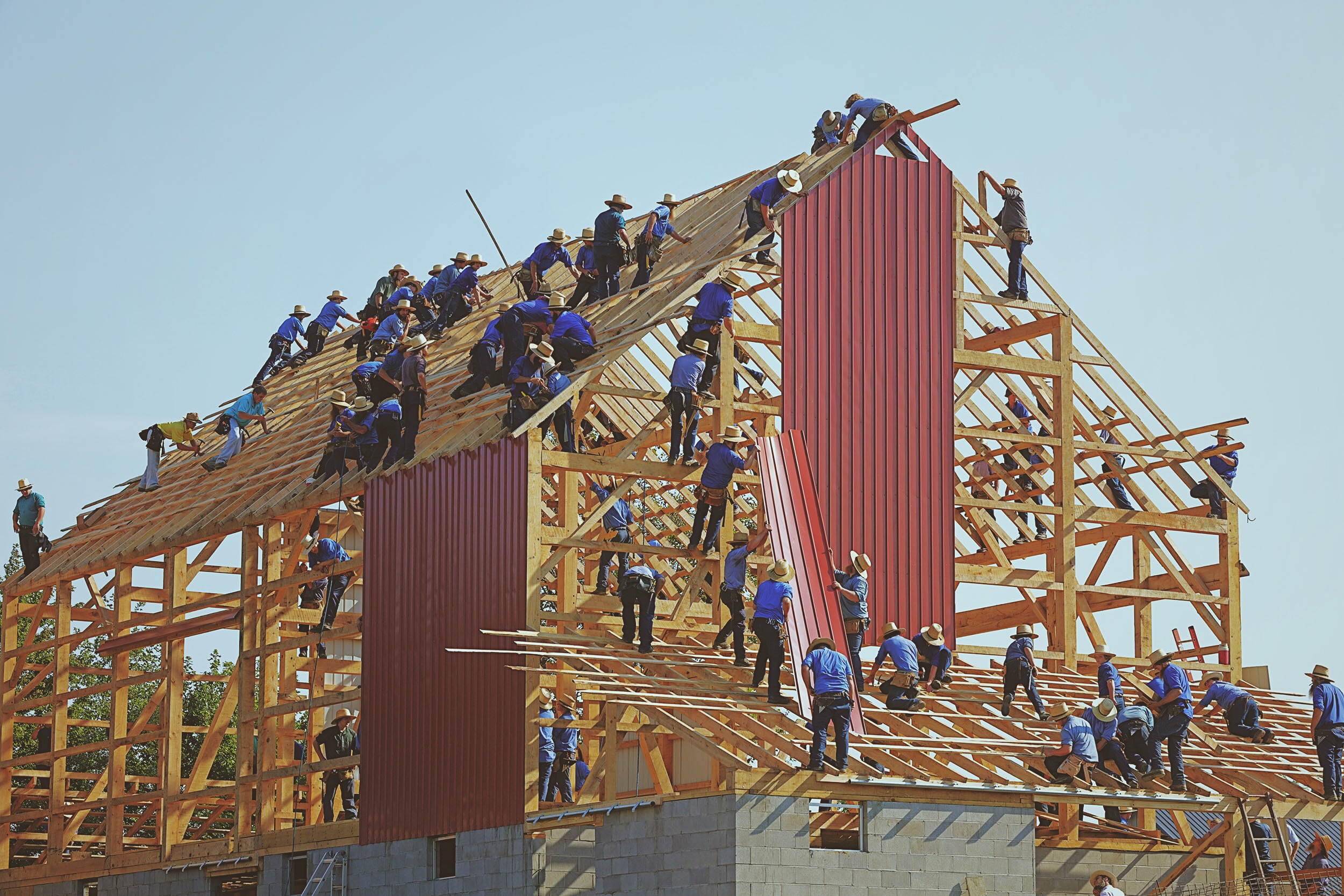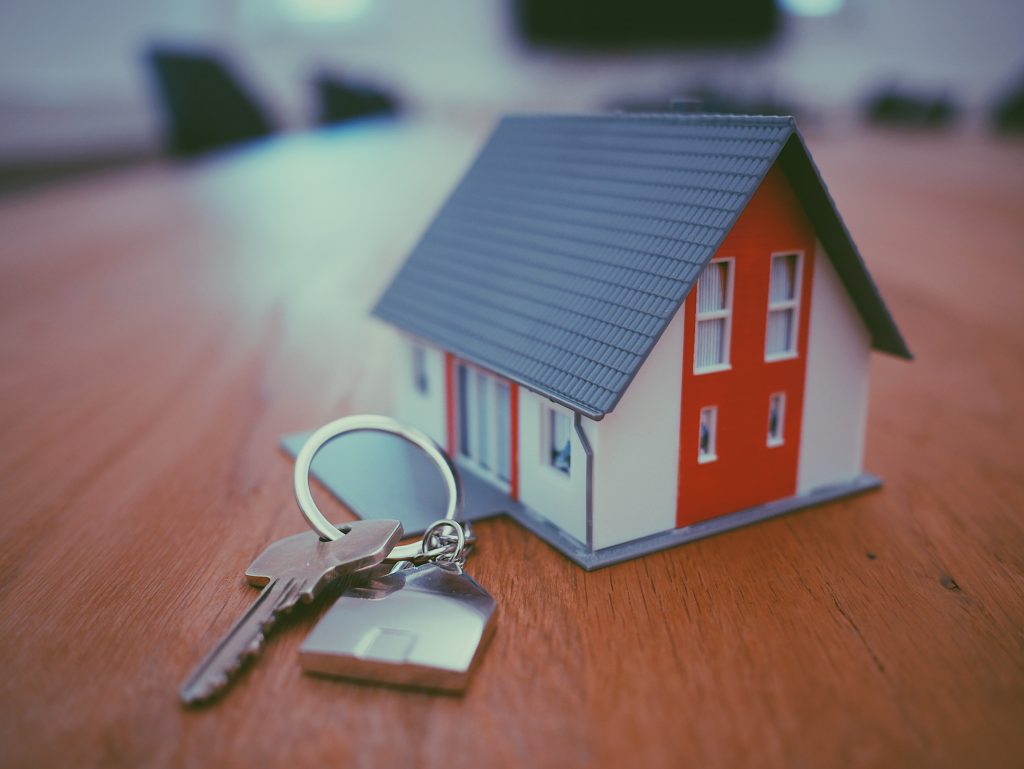Housing bubbles occur when prices are steadily rising and people can’t afford it. It’s safe to say that post the 2008 market crash, prices declined and we’ve seen fewer people investing in housing due to a lack of income and availability of loans from banks. Fast forward 10 years is this still the case? The Irish economy has picked up since, our unemployment rate has dropped to 4.6 %, we have seen more FDI, banking shares have risen. We are safely much more efficient. But if this is the case why can’t people afford housing?
The 2008 recession rocked the world and obviously the housing market. Real estate investors and construction workers suffered from PTSD and dropped the rate at which housing was popping up. There has been a lack of supply for housing yet a greater demand for it. Predicted housing for Ireland in 2019 was 22,000 but there is only 21,000 expected to be built. This is only a difference of 1,000 but really the number is much greater. To achieve an affordable market and match the demand there would need to be a further 30,000 houses built by the end of the year. It’s estimated that it will be more than a few years into the coming decade for our housing demand to match our supply.
With this lack of supply, it has driven the price for housing up. It’s normal for prices to rise due to inflation and how progressive the economy is but statistics show that the rise in pricing for houses does not correlate with the average person earnings. House prices in Dublin are 48% higher than the national average yet wages are only 24% higher. What we can derive from this, is that while houses may be available, not many can afford the houses that are. The average cost of a house in Dublin is €372,000 yet the demanding price is €253,000, over €100,000 more. Housing is in demand yet its harder to secure a loan. Post-crisis, Central bank tightened up and implemented various measures to reduce the number of loans being given out. The current DTI ratio stands at 3.5% meaning you can only secure a loan if the amount does not exceed 3.5 times your salary. Now let’s do some quick maths. The average salary in Ireland as of 2018 was €38,878, multiply that by 3.5 and you’re at €136,073, that’s less than half of the average house in Dublin. While we must take into account that a majority of mortgages taken out are by partners and the income is combined, this still is a figure that can not be ignored.
Securing mortgages has become a lot more difficult as we just established. Ireland used to be at the forefront for homeownership across the globe. Homeownership once stood at 80% but has dropped to as low as 68% and currently stands at 69%. With fewer people buying houses, we’ve seen a spike in long term renting as a response. While this may be a good solution to some parts of Ireland, it’s definitely taking a toll on the capital. Dublin is now in the top 10 most expensive cities in the world to rent in. Rent prices have risen by 6.7% over the last year in Dublin, new reports suggest that the average monthly rent in Dublin is €2,000. According to Daft.ie the total amount of housing available in Dublin for rent on May 1 dropped to €2,700, a 13 year low.
With rent being astonishingly high in Dublin along with some other parts of Ireland. We must take into account students who must find accommodation for 3rd level studies. With around 75,000 students living in Dublin, we find many living in absurd conditions and paying ridiculous prices. Speaking to the Independent , students detailed some harrowing experiences they have faced- “I used to live in a room in a house which was so damp that I woke up one morning and the pillow was completely soaked”, “there was black mould on the walls and we used to have to wash it down”. In 2017 the average cost of rent was €508, this has risen over the last two years. With a lack of supply for housing, many renters have seized the opportunity and taking advantage of vulnerable students.
The 2008 housing crisis was caused due to excessive risk-taking and an abnormal spike of investments into the market which led to the bubble bursting. Supply was much greater than the demand. Ireland lacks supply and isn’t forecasted to match its demand for another few years, not to say it won’t happen but the likelihood of our bubble bursting anytime too soon isn’t high. We must still acknowledge there is a crisis at hand and could put our economy on the brink of yet another collapse.




